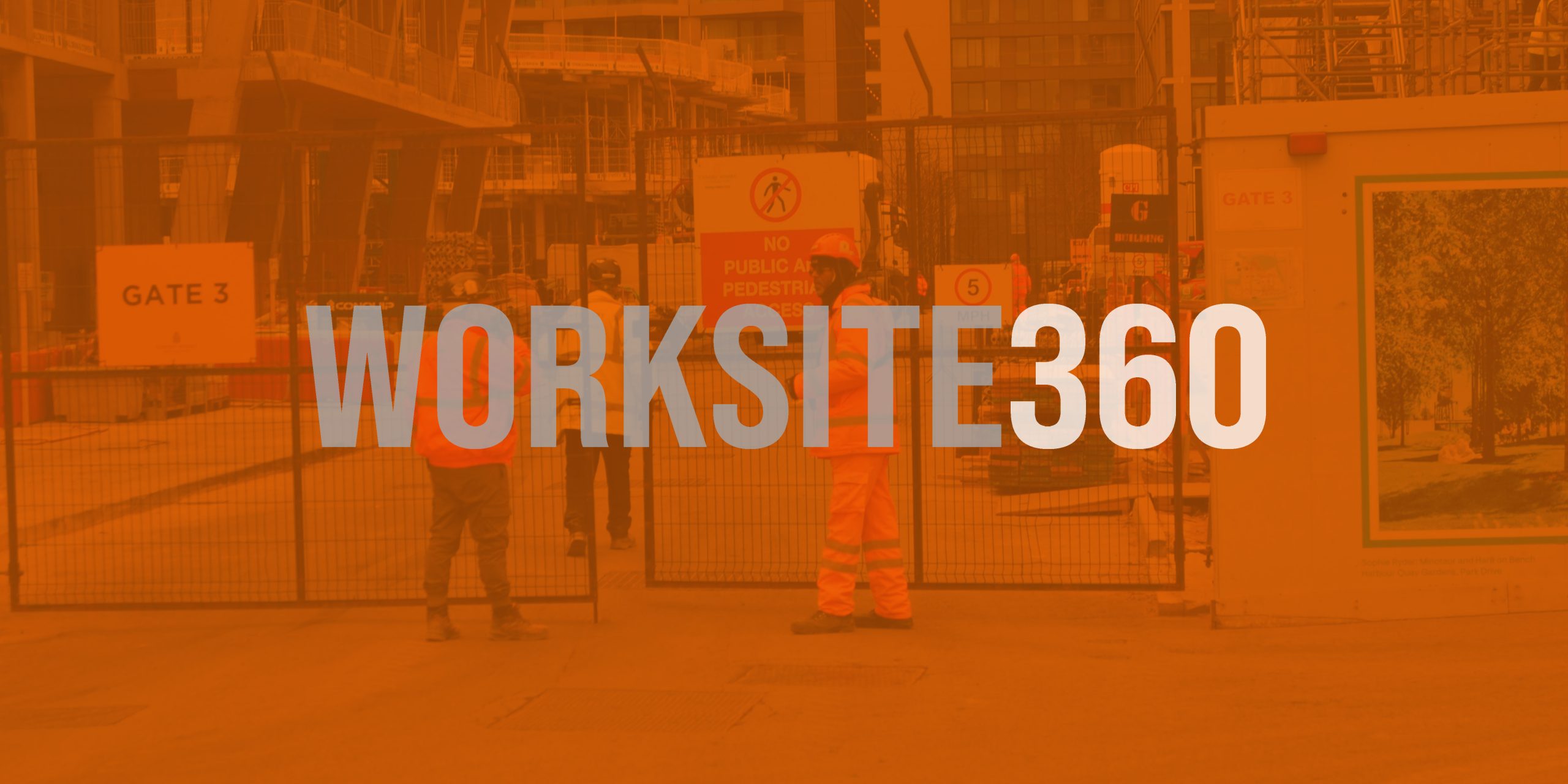How the M&S cyberattack heightened awareness around data security
Rising cybercrime targets UK retailers in 2025

Share it:
The UK construction industry faces significant safety challenges, with 51 fatalities reported in 2023 – a 70% increase over the previous five years.
As technology evolves and safety protocols are taken to new levels, construction safety software has become an essential tool on today’s sites. Not only does it help construction managers remain compliant, this revolutionary software can significantly reduce hazards, save costs and ensure successful project outcomes.
Managing safety on construction sites is incredibly complex. By their nature, they are one of the most high-risk work environments, with hazards ranging from equipment failure and environmental risks to working at height and falling objects.
This is all compounded by frequent changes in workers, unstable weather conditions, and varying job requirements.
Not only that, communication difficulties between on-site and office teams can lead to delayed risk and accident reporting, whilst evolving health and safety regulations can make it difficult to remain compliant and ensure every worker is trained and certified.
Failing to manage site safety correctly can have incredibly serious consequences. As well as putting lives at risk and increasing the chances of workplace injuries, non-compliance with Health and Safety Executive (HSE) regulations can result in substantial fines, enforcement notices – or even site shutdowns.
You’re also likely to suffer with project delays and increased costs as a result of any negligence, and ultimately, your company’s reputation could be significantly damaged.
Construction safety software is a digital tool that helps construction companies manage and improve safety on job sites.
It typically includes features to identify hazards, track incidents, ensure compliance with regulations and streamline safety-related communication and documentation.
Traditional paper-based safety management methods are increasingly inadequate for modern construction projects. Without a centralised online system, safety data and reporting can easily become fragmented, increasing the risk of oversight and non-compliance.
Safety software digitises and streamlines processes such as incident reporting, risk assessments and compliance tracking, enabling faster responses and better decision-making.
These platforms also centralise safety data, making it easier to identify trends, address hazards proactively, and ensure that all workers are properly trained and certified.
Construction safety software has many features and benefits that will mitigate risks on today’s construction sites, saving you from delays, unnecessary costs and harm to your reputation.
As construction projects become more complex, integrating construction safety software into today’s worksites is becoming essential.
Investing in construction safety software will help you create a safer, more efficient on-site environment that protects workers, enhances project outcomes and ensures you remain compliant with UK safety standards.
Get in touch to find out more about the safety features of our Worksite360 and Fatigue360 products, so we can supply a solution that works best for your organisation.
Worksite360 can give you instant visibility across labour, safety and site performance, without disrupting your operations.
Want a better idea?
Download your free copy of our Worksite360 brochure below for answers to our frequently asked questions and to explore our recent client

Rising cybercrime targets UK retailers in 2025
Keeping Tech Running and Teams Smiling: Yasin Ali's Story Discover how Yasin Ali keeps our tech...
What does fatigue management software really cost, and what should you expect in return? Let’s break it down.